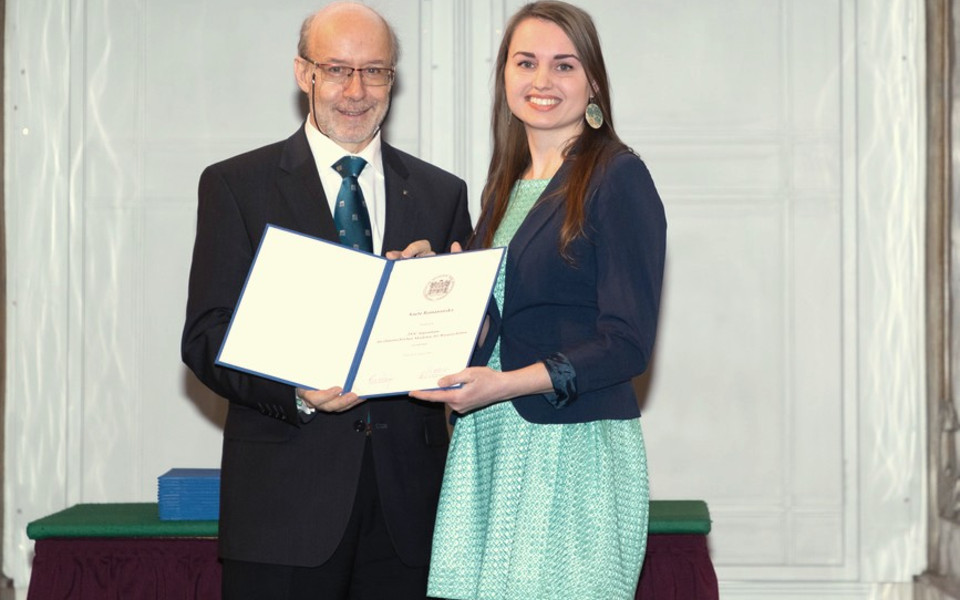
Anete, last year you were the first author of a paper published in Cell, in which you discovered a previously unknown lipid metabolism at the inner nuclear membrane (INM). What are you currently working on?
In that paper, we reported that cells can store fat inside the nucleus by generating nuclear lipid droplets. Now we want to understand more about the biogenesis of nuclear lipid droplets, how they are formed, which proteins are involved, and also what their function is, especially in comparison to cytoplasmic lipid droplets. The cell nucleus is packed with chromatin and hence, a completely different environment than the cytoplasm. I’d like to see if nuclear lipid droplets serve a very different function than their cytoplasmic counterparts.
What implications could your results have on a bigger scale?
Lipid droplets play a crucial role in lipid and energy metabolism and dysregulation of lipid droplet function is connected to several diseases, like obesity or fatty liver disease. We have shown that Pah1 and Seipin, two key lipid metabolism factors localize to the inner nuclear membrane. Mutations in these proteins lead to lipodystrophy, characterized by a severe loss of body fat. We’d like to find out whether nuclear droplet formation, which happens at the inner nuclear membrane, plays a role in the pathogenesis of human diseases.
How will the fellowship support your work?
I see it as a recognition of my previous work, which is a great honor. It also supports me in going to additional international conferences to present my work.
What’s the big scientific question you would like to solve over the next years and what motivates you achieve it?
I want to find out the precise function of lipid metabolism inside the nucleus. This is very puzzling, but the proximity to chromatin may suggest a communication between the cell’s metabolic status and gene regulation. As for motivation, I really enjoy the process of discovery. You start with a question, you design experiments to solve it, and from the results unexpected new questions arise. Adding piece by piece to the puzzle, we understand a bit more about the inner workings of a cell.